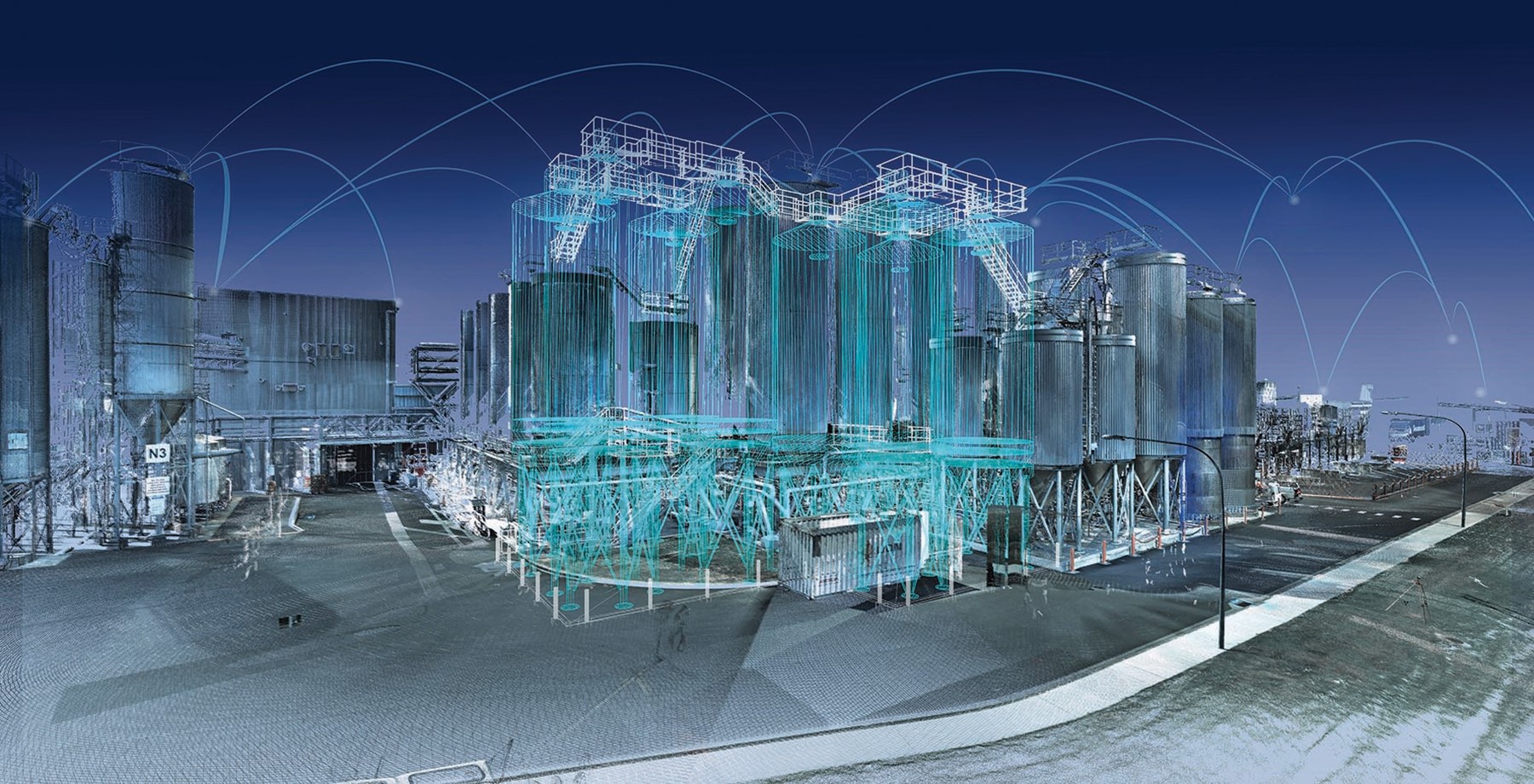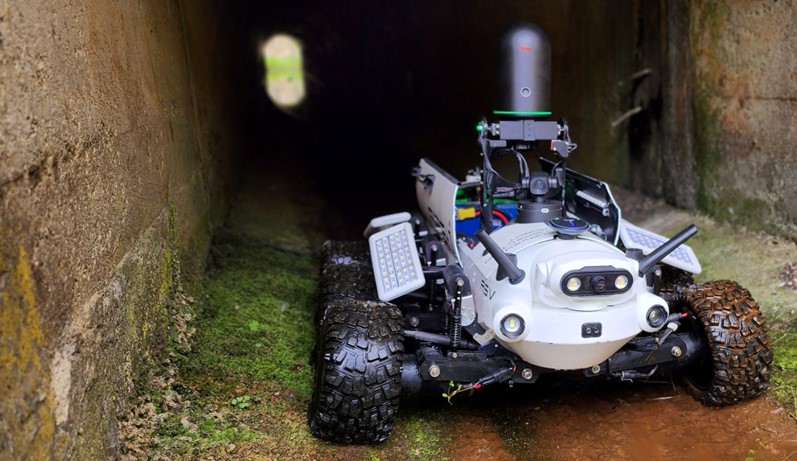As New Zealand’s construction and infrastructure sector converges for MinterEllisonRuddWatts’ Building Together conference, the conversation is shifting from blueprints to bold ideas. The industry stands at a crossroads: how do we deliver infrastructure that is not only faster and more efficient, but also smarter, more resilient, and future-ready?
To explore this challenge, Senior Associate, Shukti Sharma and Senior Solicitor, Logan Mailand from MinterEllisonRuddWatts’ construction division sat down with two of Beca’s digital transformation leaders Tania Walsh, Business Director – Digital and Alex Mersi, Senior Associate – Digital Consultant.
Their discussion unpacks the role of innovation across the project lifecycle and reveals a powerful truth: innovation in infrastructure is about more than just technology - it’s about mindset, systems, and courage.
From foundations to frontiers: What innovation really means
“Innovation isn’t always about the radical,” says Tania Walsh. “Sometimes, it’s about doing the basics better.”
In a sector grappling with funding constraints, climate volatility, and geopolitical uncertainty, foundational innovation - like structured data, digital workflows, and integrated planning - can be just as transformative as moonshot technologies.
Innovation, especially in asset-heavy industries, extends beyond just flashy tech - it’s about moving to smarter, faster ways of working. For some, that might mean shifting from manually tracking data in Excel to using sensors, robotics, and Artificial Intelligence (AI) to capture and analyse it in real time. What’s considered “innovative” depends on where your organisation is at - for some, just getting good data visibility is a big leap; for others, it’s about predictive insights and automation.
Take digital engineering - while some industries in New Zealand are still gaining traction, it’s already standard practice globally. It’s the backbone of modern construction. By unifying all project information in a single digital environment, it enables seamless data flow across the entire asset lifecycle. Digital engineering optimises how we design, build, maintain, and operate infrastructure. Its true value lies in how it structures information - not just to accelerate delivery and improve collaboration, but to empower asset owners with the insights needed to reduce downtime, extend asset life, and make smarter decisions long after handover.
Yet, as Alex Mersi points out, “We often collect more data than we use. The real opportunity is in knowing what data matters, and how to make it work for us.” This is where innovation becomes strategic: aligning data collection with long-term asset management goals, and embedding digital thinking from the outset.
Innovation in tendering: The missing incentive
One of the most overlooked barriers to innovation is the tendering process itself. “If innovation isn’t explicitly scored or requested, it often gets sidelined,” says Alex. Clients may be intrigued by new ideas, but without the internal frameworks or digital maturity to adopt them, innovation can be perceived as an unnecessary risk - or worse, an added cost.
But in today’s environment, innovation is no longer optional - it’s essential.
If we’re serious about lifting productivity, reducing waste, and future-proofing our infrastructure, we need to embed innovation into the DNA of how we procure and deliver projects. That means moving beyond viewing innovation as a “nice to have” and recognising it as a strategic lever for resilience, efficiency, and long-term value.

This is where policy can play a catalytic role. In jurisdictions like Victoria and New South Wales, public funding mandates digital asset delivery. New Zealand, by contrast, is still catching up. “We need frameworks that reward innovation—not just tolerate it,” says Tania. “That includes holding asset owners accountable for performance and innovation outcomes.”
So, what do we mean by innovation outcomes? These are the tangible benefits that innovation delivers - whether it’s faster delivery, improved safety, better data for decision-making, or reduced lifecycle costs. Innovation outcomes are about more than adopting new tools; they’re about achieving measurable improvements in how we plan, build, and manage infrastructure.
Emerging tech, real-world impact on delivery
Emerging technologies like AI, robotics, and the Internet of Things (IoT) are no longer futuristic concepts - they’re reshaping how infrastructure is delivered today. But the real story lies in how organisations like Beca are using these tools to tackle high-risk, manual processes and turn them into opportunities for transformation.
"At Beca, we developed a robot called ‘Pipe-i’ to inspect culverts that are too narrow or dangerous for humans. It’s not just about automation - it’s about safety, efficiency, and doing things we couldn’t do before," says Alex.

At Beca, we developed a robot called ‘Pipe-i’ to inspect culverts that are too narrow or dangerous for humans. It’s not just about automation - it’s about safety, efficiency, and doing things we couldn’t do before.
This was more than just a tech experiment. It was a deliberate move to solve a recurring challenge in infrastructure maintenance. The team saw an opportunity to innovate where traditional methods posed safety risks and inefficiencies. The result? A practical, scalable solution that’s now being deployed across multiple projects.
But innovation doesn’t always start from within. Sometimes, it takes a bold client to say “yes” to something new.
"We recently worked with a client who committed to using AI for asset condition assessments—replacing manual kerb and channel inspections with video analysis and automated defect detection. It was a leap of faith, but the payoff was huge: faster insights, better data, and reduced costs," says Alex.
This client went beyond accepting innovation - they championed it. By trusting the process and investing in capability, they helped co-create a solution that’s now setting a new benchmark for digital asset management.
These stories show that emerging technologies are more about courage than gadgets. And courage is exactly what is needed to rethink how we work, challenge the status quo, and take calculated risks in pursuit of better outcomes.
Data sovereignty and the digital backbone
As digital engineering becomes more embedded, data security and sovereignty are rising to the fore. Clients are beginning to take ownership of cloud environments and common data environments (CDEs), but standardisation remains a challenge. It’s not enough to aim for securing data. That data should be usable, interoperable, and valuable across the asset lifecycle.
This is where frameworks like ISO 19650 and ISO 27001 come into play. By aligning digital delivery with global standards, organisations can ensure that data is not only protected but also primed for performance. ISO 19650 provides a structured approach to managing information during the delivery and operational phase of assets, ensuring that data is organised and accessible. ISO 27001, on the other hand, focuses on information security management, providing guidelines to protect data from breaches and ensuring its integrity.
By adopting these standards, organisations can create a robust digital backbone that supports seamless data exchange, enhances collaboration, and drives better decision-making. It’s about having the right data, in the right format, at the right time. This approach mitigates risks and unlocks the full potential of digital engineering, enabling smarter, more efficient infrastructure management.
Playing the long game: Asset management as innovation
In the face of ageing infrastructure and funding constraints, asset management is at the forefront of many conversations in the infrastructure space. Maintaining what we have isn’t enough - we have to innovate for the future.
"Asset management frameworks like ISO 55000 and GFMAM provide the foundation for optimising asset life, reducing risk, and improving performance. But it’s innovation that fills the gaps." says Tania.
Technologies like IoT, drones, and digital twins are enabling predictive maintenance, smarter investment decisions, and longer asset lifespans. Predictive maintenance uses real-time data to anticipate failures before they happen, reducing downtime and repair costs. Digital twins create virtual replicas of physical assets, allowing for simulations and scenario planning that can inform better decision-making.
“Innovation often starts as a one-off,” says Alex, “but when it’s shared and scaled, it becomes a new standard.”
Lifecycle thinking is crucial in infrastructure investment. It’s about considering the entire lifespan of an asset - from design and construction to operation and maintenance. By embedding innovation at every stage, we can ensure that assets are not only built to last but are also adaptable to future needs.
"We need to move from isolated projects to interconnected systems. That’s where the real value lies," says Tania.
We need to move from isolated projects to interconnected systems. That’s where the real value lies.
Final thought: Innovation as a collective act
Innovation in infrastructure isn’t a solo pursuit - it’s a collective act. It requires clients who are willing to lead, partners who are willing to challenge, and systems that are designed to evolve. But more than that, it demands courage - shared courage.
Collective courage is what drives collective innovation. It’s the courage to question legacy systems, to invest in new capabilities, and to take calculated risks in pursuit of better outcomes. It’s the courage to lead when the path is unclear, to collaborate when it’s easier to compete, and to commit to long-term transformation even when short-term pressures dominate.
With the Building Together conference opening tomorrow, the message is clear: the future of infrastructure will be shaped not just by what we build, but by how bravely we build it - together.








